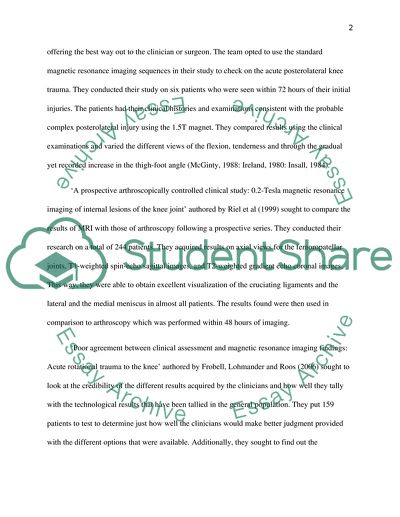Cite this document
(“Diagnosis of knee joint problem in MRI Essay Example | Topics and Well Written Essays - 2500 words”, n.d.)
Retrieved from https://studentshare.org/miscellaneous/1557254-diagnosis-of-knee-joint-problem-in-mri
Retrieved from https://studentshare.org/miscellaneous/1557254-diagnosis-of-knee-joint-problem-in-mri
(Diagnosis of Knee Joint Problem in MRI Essay Example | Topics and Well Written Essays - 2500 Words)
https://studentshare.org/miscellaneous/1557254-diagnosis-of-knee-joint-problem-in-mri.
https://studentshare.org/miscellaneous/1557254-diagnosis-of-knee-joint-problem-in-mri.
“Diagnosis of Knee Joint Problem in MRI Essay Example | Topics and Well Written Essays - 2500 Words”, n.d. https://studentshare.org/miscellaneous/1557254-diagnosis-of-knee-joint-problem-in-mri.


